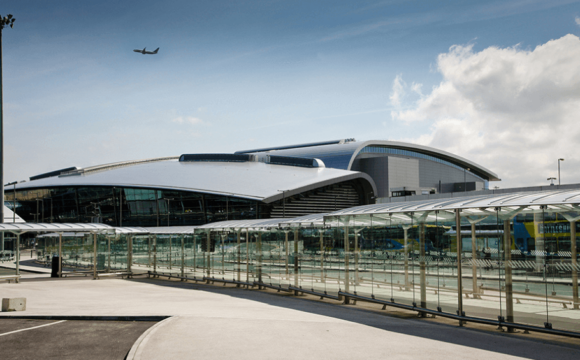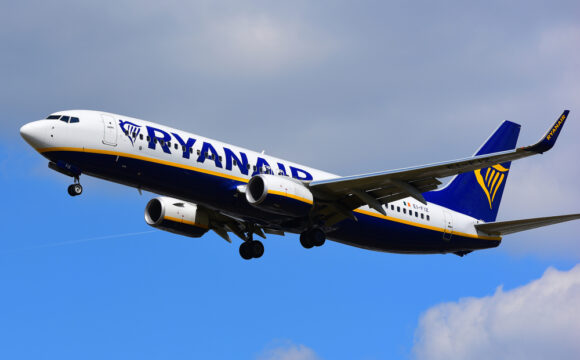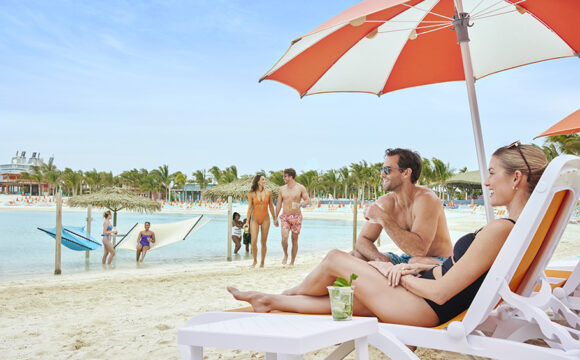Out and About
If you’re curious about branching off from the Prague – Krakow – Budapest route, then the Tri-City has much to offer the traveller. Known historically as the powderkeg whose spark (lit by Hitler) ignited the Second World War, it was also in Gdansk where the flame that signalled the collapse of communism was raised (by native son, Lech Walesa).
Shedding the stigma that the city is little more than a bunch of battered cranes in a dingy shipyard, Gdansk’s Old Town has been scrubbed clean, shined up, and stocked full of hotels, restaurants, cafes, clubs, bars and amber shops amidst the picturesque Burgher houses that line its streets.
Things to do
Beyond Gdansk’s Old Town, there’s plenty of wonderful destinations awaiting travellers: the suburb of Oliwa hosts numerous parks, a zoo, and a spectacular cathedral enroute to the hedonistic atmosphere of Sopot’s beaches and nightlife. Venture into Gdynia and you’ll find some of the area’s finest restaurants, a number of lively bars and more beautiful coastline. But don’t stop there. Daytrips to immaculate Malbork Castle, the dunes of Leba and the hot sands of Hel are mandatory stop-offs for those with a little more time on their hands.
Three cities, three times as much to see and do! Gdansk of course is the most famous of the triumvirate, thanks to its long legacy as the prosperous German port of Danzig, and it is here you will find the cobblestoned streets, medieval quayside and Gothic churches that make the guidebook front pages.
But just up the road is sexy Sopot – it had its heyday during Soviet times, but now this 4.3km stretch of sandy beach is once more Poland’s premier summer resort. And what about that neglected younger sister, Gdynia? Built in the interwar period, this youthful city is making a steady climb on the Polish cultural scene. Gdansk’s picturesque Westerplatte peninsula has the unhappy distinction of being the site of the official start of the Second World War.
A small forested island separated from Gdansk by the harbour channel, Westerplatte was established as a Polish military outpost during the interwar period, equipped with one 75mm field gun, two 37mm antitank guns (slightly mystifying for a coastal defense), four mortars and several medium machine guns, but lacking any true fortifications. Today the ruins of the barracks and two blockhouses – the only structures on the island – still remain. One of the blockhouses has been converted into a museum commemorating the battle and those who fought there, with two shells from the Schleswig-Holstein ironically propping the entrance.
A placid 25m tall stone monument now marks the site of this infamous exchange that preceded the levelling of Gdansk’s Old Town and sparked a worldwide conflict that would result in immeasurable suffering (particularly in Poland). Though it is outside the city, Westerplatte is a worthwhile venture for anyone visiting Gdansk; like so many sights in Poland, it is haunted by it’s troubling history in the face of a beautiful natural environment.
Where to eat
Professional foodies are not yet toasting Poland as a mecca of haute cuisine, but given the Poles’ creative bent, a renaissance in Polish cooking may not be far off.
In terms of sheer variety and quality, your options have already increased a hundred fold over the last few years, and whether it’s classic Polish fare that you’re after, some international spice, or simply a trusty old milk-bar where you can pick up a tasty cutlet for next to nothing, you won’t be stuck in the Tri-City. While in Poland, eat like the Poles! At Pieogarnia u Dzika you can sample over fifteen varieties of hand-made Pierogis bursting with savory filling. Pierogi Ruskie (potato and white cheese) is a staple, but don’t leave Gdansk without having a few Pierogi z Dzika (Boars meat) or Babuni (Grandma’s recipe!) dumplings. The restaurant also serves more typical entrees, which feature chicken, tasty soups, and of course fresh fish.
Located in the heart of the Old Town, its the perfect place to be seated at an outdoor table on a cool summer night. If you’re looking for authenticity, which in Poland can only mean delicousness, than look no further. Fans of fish looking for some tasty treats on the go, know that the PescaBar is the place to be. While you can order yourself a hot cup of soup, a full entree, and then top it off with an ice cream sundae; you can also poke your head in for a quick tortilla or a fish sandwich.
The ‘Fish Longer’ is also a good option for those business sharks, always on the move. The service is speedy and the staff is friendly. The PescaBar is a perfect option for a full meal before a night on the town, or a quick bit before catching a train. If you’re stomach is growling and you know that a zapiekanka at the train station isn’t going to fill it up, visit the PescaBar instead!
Where to stay
All in all, the Tri-City offers one of the best spreads of accommodation in Poland. And whether you want to live it up James Bond style in a restored art nouveau mansion, hide away in an oriental villa by the sea, or go for the homely option on a budget theres somethign for everyone. Villa Angela, an intimate and stylish hotel, invites its guests to enjoy comfort, relaxation and tranquillity.
This hotel certainly has plenty of character. It has been decked out in a bold, theatrical way, with shiny bedspreads and art nouveau lamps setting the tone. The three-day Discover Gdansk package is available from €121 for two persons, including buffet breakfast and package extras (www.villaangela.pl/en). By European standards, hotel accommodation in Poland as a whole is very good value for money… in fact in a recent survey by an international room provider another Polish city Krakow was the best in a worldwide assessment of best value places to stay.
















